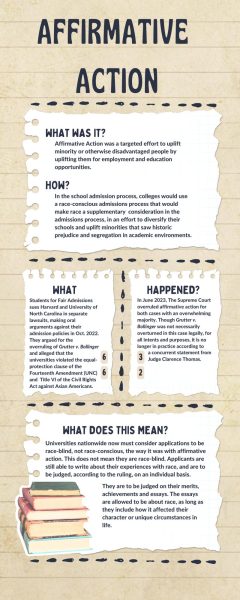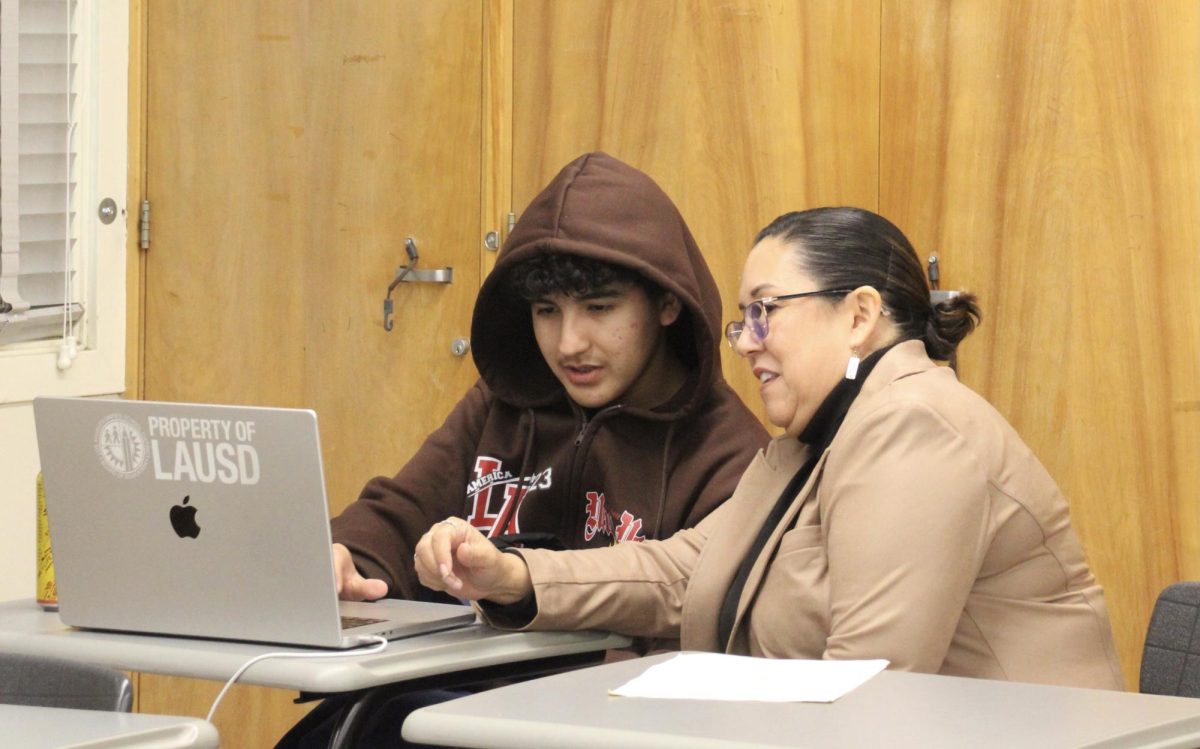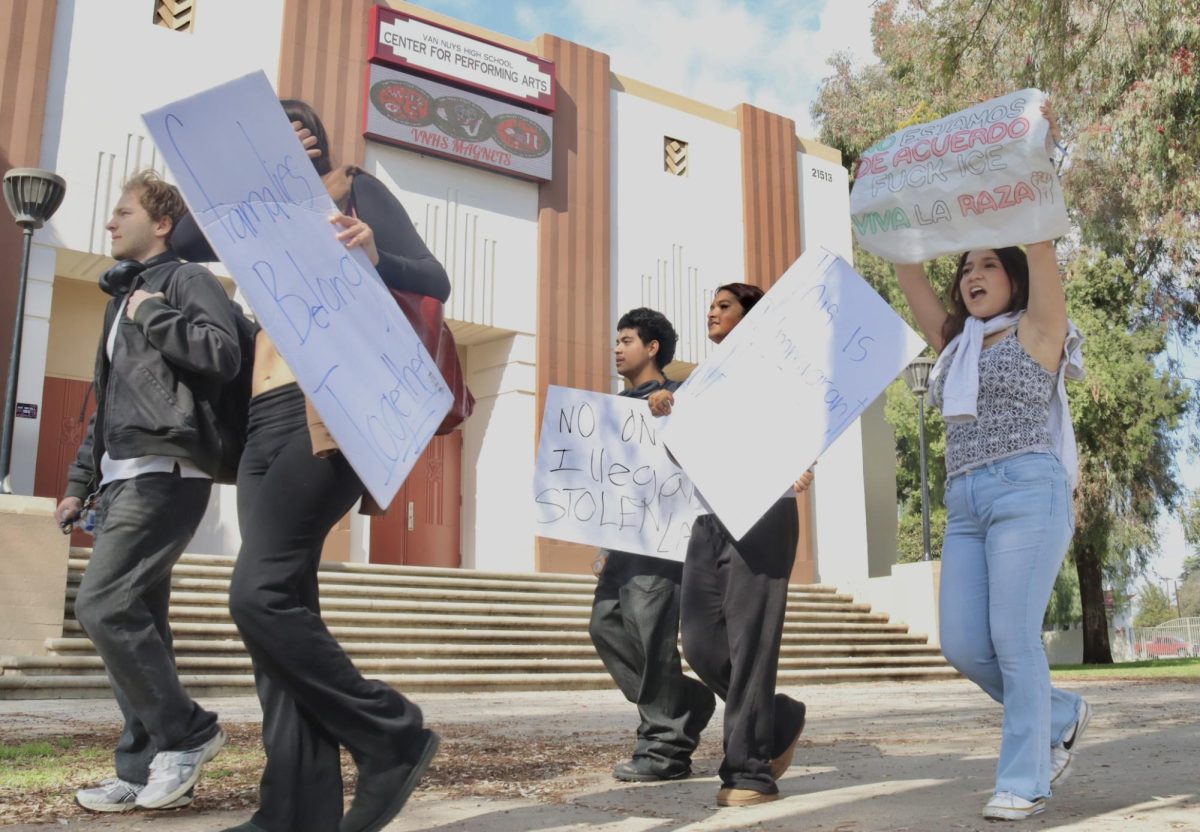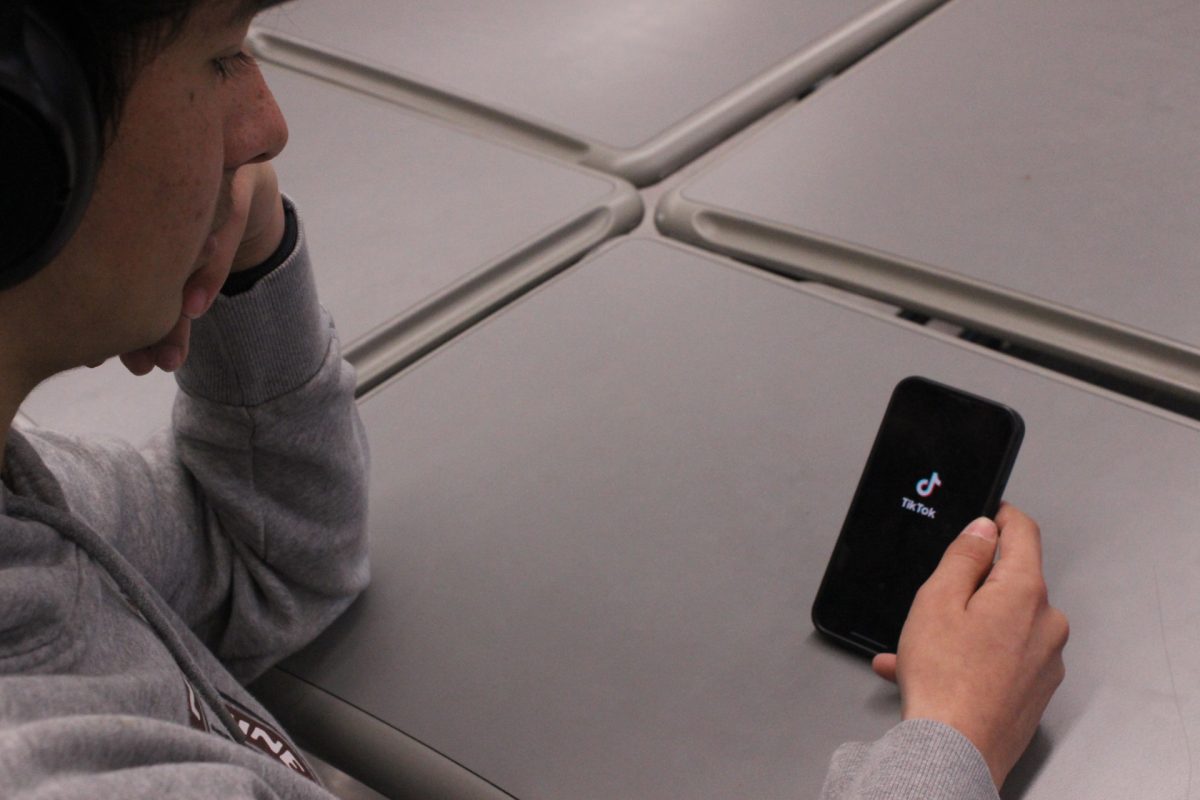As the 2024 college application season comes to a close, guidance counselor Martina Torres worries about seniors of color in the Los Angeles Unified School District (LAUSD) and how the removal of affirmative action is going to affect them.
“I think high school students need to be more aware of all the data that colleges provide in terms of admission,” Torres said. “To be more aware of what the average student looks like that gets into each college. I think colleges are going to have to really rely on what a student shows on this application, you know their grades, their activity, the rigor of their work or of the courses that they take, so students really have to focus on pulling that up as much as possible.”

The U.S. Supreme Court announced its decision on June 29 to remove affirmative action from the college admissions process after reviewing two court cases. Students for Fair Admissions (SFFA) sued Harvard University and the University of North Carolina for violating the Fourteenth Amendment. In an overwhelming majority, six judges voted in favor of SFFA in each case ruling for an end of affirmative action nationwide. The Fourteenth Amendment’s Equal Protection Clause prohibits legal discrimination based on race. SFFA argued that race-conscious admissions violated this.
In an AP news article from June 29, Supreme Court Justice John Roberts said, “…(the universities) concluded, wrongly, that the touchstone of an individual’s identity is not challenges bested, skills built, or lessons learned but the color of their skin. Our constitutional history does not tolerate that choice.”
However, the Supreme Court’s decision doesn’t affect students applying to UCs and Cal States because affirmative action was banned in California in 1996 when Proposition 209 was passed. Under the first year of Prop 209 in 1998, California’s public universities experienced a decrease of Black and Latino freshman students, according to KCRA-TV.
Affirmative action has been used to help diversify the campuses of many colleges by making race a consideration in the admission process. Affirmative action aimed to help minority groups but left Asian Americans feeling behind, according to a survey by Pew Research Center and left many white Americans feeling excluded altogether, according to an ABC News Poll.
Affirmative action has had a long history dating back to President John F. Kennedy in 1961 when he signed the Executive Order 10925, which required government contractors to provide better accommodations to disadvantaged racial minorities. Schools across the U.S. began to use affirmative action in their admissions process during the 1970s, according to the Anti Racism Commitment Coalition (ARCC).
“In the past, it was up to the colleges to kind of monitor affirmative action and make sure that you had an ethnically balanced group of students. Now it won’t be considered,” Torres said.
The Supreme Court’s affirmative action ruling will now affect private universities in California, according to the San Francisco Chronicle. All high school seniors of color across California will now be affected by the abolishment of affirmative action nationwide whether they’re applying in or out of state, since it applies to public and private colleges.
“Diversity is a really important thing and people should be looked at differently, which I think is what they’re trying to do with the affirmative act,” senior Natalya Lembo said. “I feel like they’re mainly looking at education now though so I feel like we don’t really know what will happen with it. It could go in many different directions.”
Applicants can still write about how race has impacted their character or been a barrier in their life but is no longer a consideration on their application, according to the Washington Post. The affected colleges will have to take different measures to attain diversity on their campuses. High schools across the country will have the task of informing students of the change in the application process and guiding them through it, if necessary.
“LAUSD is doing everything they can to try to encourage and to have counselors work harder with minority students to try to encourage them to go to college and apply,” Torres said.
Managing Editor Satenik Ayrapetyan contributed to this report.


















